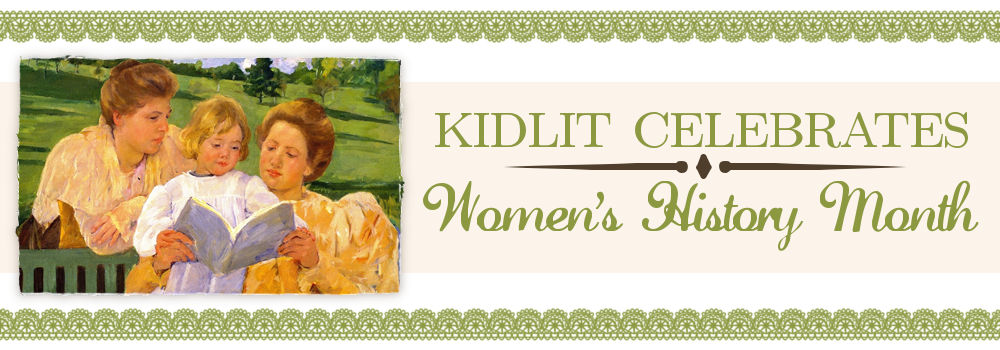March 7 - Today's post contributed by Mary Cronk Farrell
Seventy-nine American WWII nurses survived combat and three years as POWs of the Japanese, but the story is perhaps best told through the eyes of a single nurse.
Dorothy Scholl was born a hundred years ago, the same year five-thousand suffragists marched to the White House amid much ridicule and abuse by an antagonistic mob. She grew up far from Pennsylvania Avenue, the ninth child of ten on a farm in Missouri. But she had the independent spirit of a 20th Century woman, and two of Dorothy’s older sisters helped send her to nursing school.
 |
| Dorothy Scholl graduated from nursing school in 1936 Photo courtesy of Carolyn Armold Torrence |
Dorothy joined
the Army in 1940 and the next year sailed to her duty station in Manila, in the
lush, tropical Philippine Islands. One of only two women on the transport ship,
she quickly caught the eye of 2nd Lieutenant Harold Armold. Dorothy’s shift at the army hospital,
Sternberg, left plenty of free time to explore Luzon Island with Harold and
enjoy dates at the fancy Officers Club.
Like most of the nurses and military men, Dorothy had a grand time and couldn’t imagine any country daring to attack America. When the Japanese bombed the Philippines shortly after Pearl Harbor, military and civilian wounded poured in. Dorothy and the other nurses worked eighteen to twenty hours a day, even as bombing raids shook the hospital. Foxholes were dug on the hospital grounds. Nurses tried to keep a sense of humor despite the trauma. During one raid, Dorothy stayed with her patients, but looked up later and saw Harold and a priest in the nearest foxhole. “I couldn’t have gotten in if I had tried,” she said, laughing. She and Harold became engaged in the midst of war.
As the
Japanese landed and marched toward Manila, American forces left the city,
retreating to the Bataan Peninsula and Corregidor Island. Dorothy and the other
army nurses were ordered to retreat with them and set up field hospitals on
Bataan.
 |
| American Arm Nurses Quarters oat Hospital No. 2, Bataan Peninsula, Philippines, 1942 Photo from American Defenders of Bataan & Corregidor |
The Japanese
attack pressed U.S. and Filipino soldiers, soon sending thousands of wounded
soldiers to the jungle hospitals. Dorothy thought by joining the Army Nurse
Corp, she’d escaped the rough, outdoor life she’d known on the farm. She had no
desire to go on a picnic, much less an extended camping trip in the jungle. She
hated the snakes, which often hung down from the trees. Medical supplies and
food ran short, and soldiers and nurses alike suffered tropical diseases.
Conditions worsened as hundreds of dysentery patients tried to make it to open
latrines.
The nurses
bathed and did their laundry in the shallow river by the hospital. When a LIFE
magazine photographer took pictures, Dorothy wrote home to make sure her family
knew she was the one in the bathrobe.
After four
months of battle nursing, Dorothy and the others were evacuated to Corregidor
the night before Bataan surrendered.
Dorothy didn’t know it, but Harold became one of seventy-eight thousand men who
would surrender to the Japanese and go on the Bataan Death March.
Corregidor’s
underground hospital offered the nurses relief from the bombing raids, but soon
Dorothy was too sick with malaria to work. Her birthday, April 29th,
was also Japanese Emperor Hirohito’s birthday. Dorothy had no party, but the
Japanese celebrated –bombing and shelling Corregidor for twelve hours straight.
When Americans surrendered less than a week later, Dorothy was so sick she
hardly cared what happened to her.
Now POWs,
the women continued nursing after the Japanese shipped them to Santo Tomas
Internment Camp in Manila. 1st Lieutenant Josie Nesbit was second in
command of the captured army nurses. “We reasoned that if we hoped to remain
integrated emotionally, our first and primary duty was to carry on in our most
professional capacity -that of nurses,” she said. “Not for one moment did we
ever lose sight of the fact that not only were we prisoners of war in every
sense, but also that we were U.S. Army Nurses.”
Months of captivity turned into years, prisoners got less and less food, and people began to die of malnutrition. Dorothy knew help was coming in late 1944, as American planes flew overhead and bombed Japanese holdings in Manila. But the nurses had grown as sick as their patients and feared they might die before they were rescued.
 |
| Arm bands Dorothy wore to identify herself as a nurse when captured POW by the Japanese Photo courtesy of Carolyn Armold Torrance |
Some had lost more than forty pounds. Josie noticed, “Their eyes gradually sank deeper into hollowed cheekbones. Their gait slowed down more and more as their strength grew less, even their shoulders drooped….”
The night of
February 3, 1945, nurses heard shelling in the distance. Dorothy thought the
guards seemed nervous. They ordered all the prisoners inside and suddenly the
lights went out. Looking out the window, Dorothy saw flares shoot up outside
the walls and heard machine gun fire. Then came a loud crash as U.S. tanks
crashed through the gates into Santo Tomas.
Prisoners rushed from the building to greet their liberators and the
crowd spontaneously broke into singing God
Bless America.
 |
| Shortly after the liberation of Santo Tomas Internment Camp, February 1945, American nurses load into trucks to start their journey home. Photo from the National Archives |
Dorothy was
one of the lucky few nurses whose sweetheart survived the Bataan Death March, a
prison ship voyage and POW camp in Japan. Throughout her captivity, Dorothy
feared Harold was dead, but when she arrived home in the U.S., she learned he
was alive. Harold contacted her as soon as he returned to the states that fall
and the two were reunited at Fitzsimmons
Army Hospital
in Colorado
 |
| Clipping from Denver Post announces Dorothy's marriage to Harold Armold Photo courtesy of Carolyn Armold Torrance |
Mary Cronk Farrell is the author of PURE GRIT: HOW AMERICAN WWII NURSES SURVIVED BATTLE AND PRISON CAMP IN THE PACIFIC. Find out more about her books at www.MaryCronkFarrell.com.














What a fascinating story! Sounds like it should be optioned for a movie!
ReplyDeleteI had no idea American nurses had such traumatic experiences in WW II--this was an eye opening post. Thanks! Very interesting!
ReplyDeleteThey were my parents.So proud. Miss them both.
ReplyDeleteThey were my parents.So proud. Miss them both.
ReplyDeleteNorman Armold